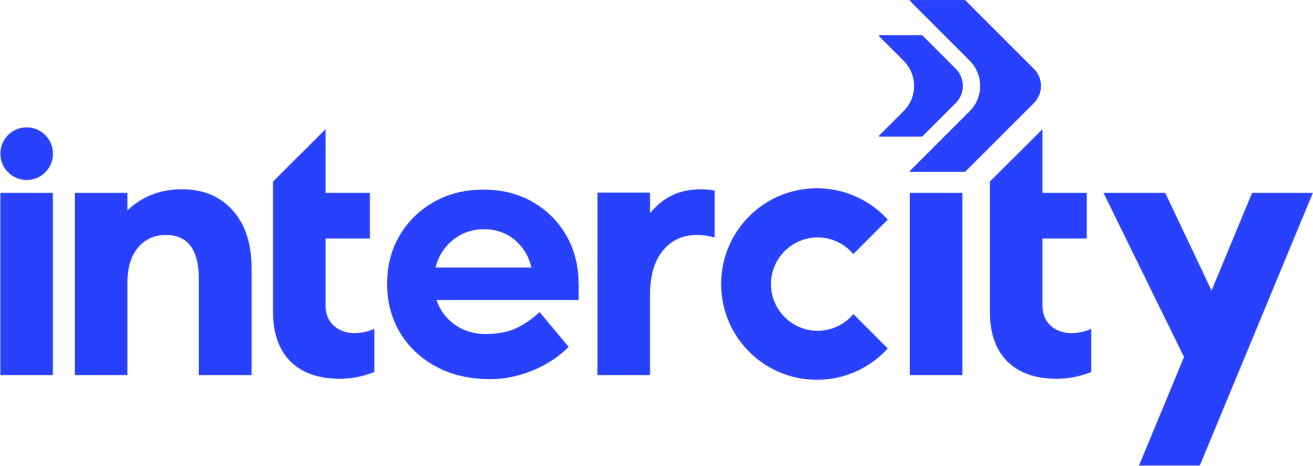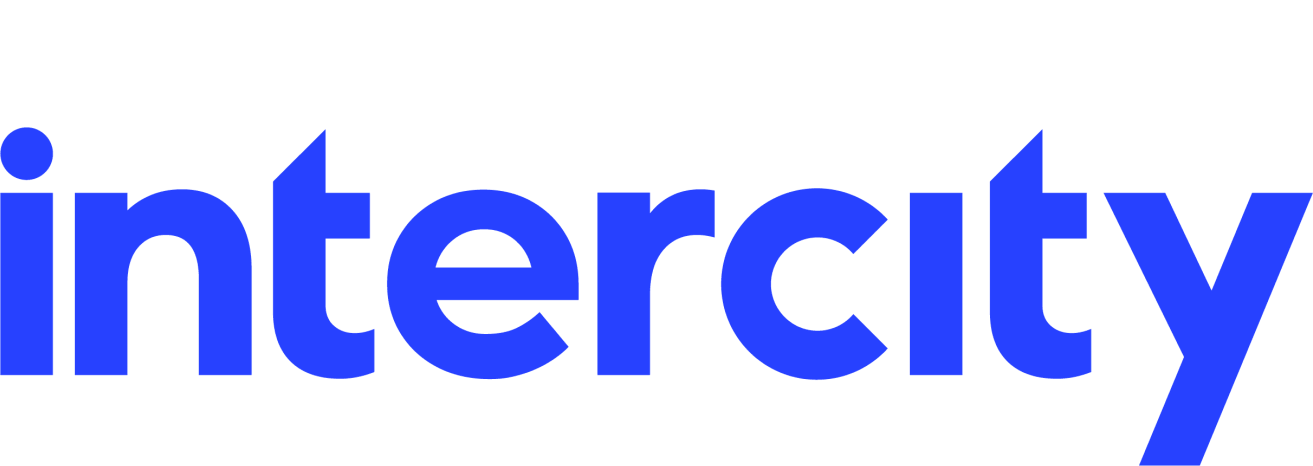BLOG
What is Enterprise Mobility Management (EMM)?
Enterprise Mobility Management (EMM) comprises services and technologies for securing your organisation’s data vested in the hands of its employees on their mobile devices. It protects and secures your data whilst integrating with your IT infrastructure.
EMM also enables employees to be productive and secure whilst they’re outside of the office by making mobile devices an extension of the desktop experience.
There’s no ‘one size fits all’ approach when it comes to determining EMM strategy. What works for an SME won’t be appropriate for a public sector organisation. For example, you may want to allow minimal flexibility on employee-owned devices, enabling them to be wiped more easily if they are lost or stolen. Organisations might focus on securing particular apps that their employees use, whilst others may be more concerned about protecting their customer or client data.
There are three kinds of EMM you’ll need to decide between Mobile Device Management, Mobile Application Management and Mobile Identity Management.
Mobile Device Management (MDM)
MDM enables remote management of mobile devices used by your employees (end users) including the platforms that they use. Each end user has their own profile which enables the service administrator to remotely control, encrypt, and enforce policies on mobile devices, including tablets and smartphones. If a device is lost or stolen, it can be wiped of all sensitive data. MDM also provides real-time insights on your organisation’s devices; provisioning; troubleshooting and operating system configuration.
Mobile application management (MAM)
MAM enables management of mobile applications, including deployment and updating of mobile apps. There’s also the option for push support and app licence management. Security policies can be applied to the apps on mobile devices and data can be selectively applied to or removed from individual devices. Important sensitive data can then be protected without the need to wipe a device - this has become increasingly more popular within organisations where employees bring their own devices into the workplace.
Mobile Identity Management (MIM)
MIM systems take various forms, including user and device certificates, app code signatures, authentication and single sign-on. MIM helps to ensure that only trusted devices and end users can access sensitive applications. MIM can also track app and device metrics, providing bespoke credentials for the use of apps specific to the work of your employees.
[subscribe-form]
MIM, Mobile Content Management & Mobile Expense Management
MIM is related to remotely accessible databases which are then included within MCM or MEM services because both services rely on the cloud to store information and files, ensuring that they are accessible among multiple devices. You’ll probably be familiar with Dropbox, Google, or Microsoft versions as well as other business-owned versions that are managed on-site.
Mobile Content Management (MCM)
MCM enables end users to access content across mobile devices. According to Gartner, MCM has four fundamental roles: content security, content access, content push and file-level protection. MCM can include authentication policies - MCM can integrate with enterprise services from Microsoft, Box, Google and others to authorise access to files and other data on a per-person basis.
Mobile Expense Management (MEM)
MEM empowers businesses to control their costs and effectively manage the amount being spent on mobile devices and their usage. MEM can also help when deciding on the types of devices chosen as part of a procurement exercise, as well as how much of a contribution a business may make when thinking about BYOD end users. IT departments can also use MEM to enforce your security policies and to have a clear audit of the usage of mobile devices.
How do you know which EMM and mobile security features are most important for your business? Our complete guide will help you assess the EMM and mobile security solutions available, and help you identify the best option for you, your executive management and your people.
To secure your mobile workforce, download our checklist for effective EMM
Subscribe to our newsletter
YOU MAY ALSO BE INTERESTED IN:


